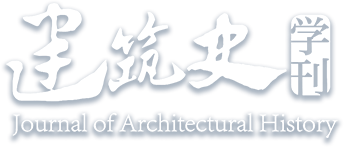Abstract:
The campus planning and construction of Tsing Hua College, later renamed National Tsinghua University, is one of the main topics of modern Chinese architectural history. The majority of existing scholarship concentrates on two development stages: first, between 1914 and the early 1920s, relating to president Zhou Yichun (Y. S. Tsur) and the architect he hired, Henry Murphy who undertook the first campus planning of Tsinghua including the Grand Auditorium and three other important buildings; second, between 1928 and 1930, when a new wave of massive construction took place under the aegis of Luo Jialun. However, the period between these two stages has been largely overlooked. Based on Chinese and English archival material, along with the data obtained through field survey, this paper aims to outline the historical background and the development of campus construction during the Warlord Era with regard to the historically significant buildings. Construction at that time was relatively restricted but complemented Murphy’s plan, and moreover, it ushered in a new era for massive construction in the years to come.


 下载:
下载: